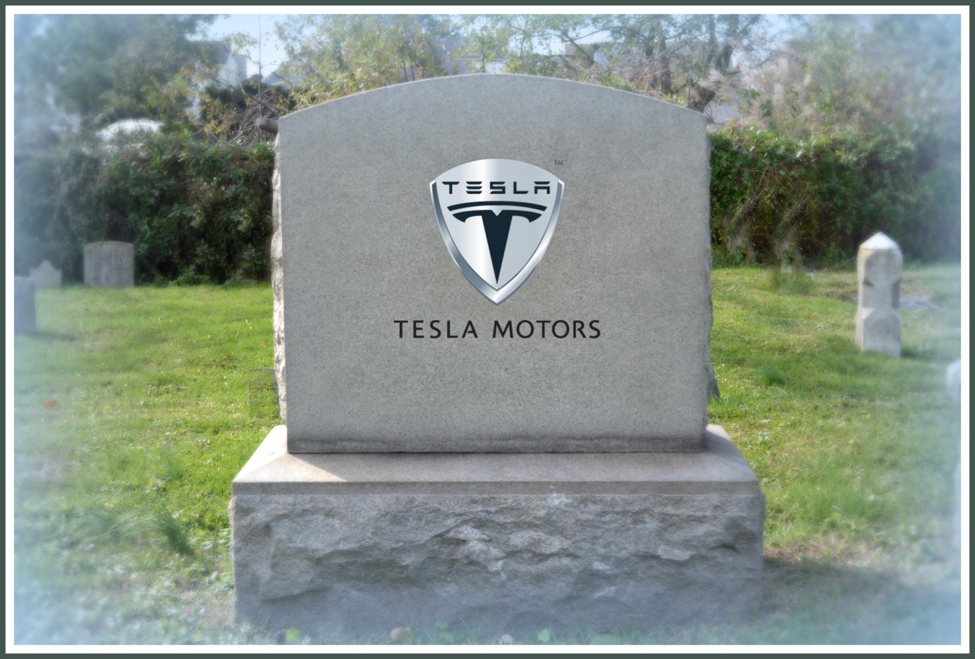At Tesla "so much goes into rework after the car is done ... that's where their money is being spent," a former Tesla supervisor said.
Defects included "doors not closing, material trim, missing parts, all kinds of stuff. Loose objects, water leaks, you name it," another former supervisor said. "We've been building a Model S since 2012. How do we still have water leaks?"
Snags are normal with any new launch. But chronic defects with Tesla's established Models S and X show a company still struggling to master basic manufacturing, workers said.
Employees who worked on Model S and Model X described pressure to keep the assembly line moving, even when problems emerged. Some told of batches of cars being sent through with parts missing - windshields in one case, bumpers in another - because there were none on hand. The understanding, they said, was that these and other flaws would be fixed later.
Quality inspectors would sometimes find more defects than those reported by workers in the internal tracking system when a car came off the line. "We'd see two issues, that's pretty good. But then we'd dig in and there would be like 15 or 20," one person said. – Alexandria Sage, Reuters
What an embarrassment. When I see a Tesla driving down the road I actually feel sorry for the poor guy who owns the car because I know what a glitchy rattle-trap it must be.
Way back in the mid-nineties as a young manufacturing cost accountant fresh out of college, I received a book from my employer titled The Goal. It chronicled in novel format the principles of the Toyota lean thinking manufacturing method. The best manufacturers in the world follow these basic principles and the most important rule of them all is this. You never, ever, keep the line running if there is a lack of parts or the presence of quality defects. Tesla can’t get rule #1 right.
It may seem counterintuitive to not keep your line workers busy at all times but the math is sound. It’s always more efficient and cheaper to fix problems up front and to prevent the accumulation of rework piles.
You can't fix something like this overnight. The Toyota method involves making changes gradually in a methodical way. Considering that Tesla is not even at square one, it’ll take them years to rectify the situation and even get into the same ballpark as everyone else. Years that they don’t have. They’ll run out of money before that happens if customers reject their low-quality cars.
What makes Tesla’s sloppiness all the more astounding is that electric vehicles are much less complicated than gas powered cars. Compared to Tesla’s 90% defective rate Toyota’s rate of under 10% seems almost miraculous considering it has exponentially more parts. GM already makes a higher quality EV than the Model 3 with the Bolt. What is Tesla going to do as other EVs that appeal to customers more become widely available? When there are sleek and sexy EVs from Ford, BMW, or Lexus it’s going to mean big trouble for Tesla.
Now available in iBooks —> The Tesla Bubble




 RSS Feed
RSS Feed